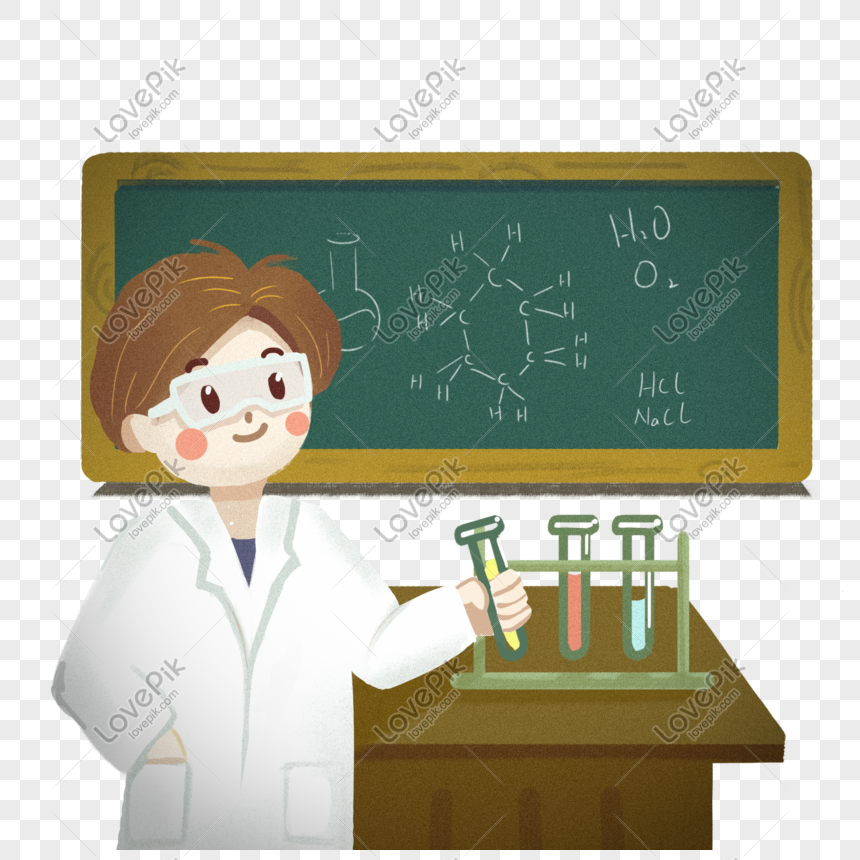If you find these notes really helpful and easy to understand. Do like, comment and share. Keep following "Gone Nuclear" for more notes on CBSE IX, X, XI & XII. Follow us on facebook on https://www.facebook.com/gonenuclearajb/
IDEA OF BONDING
INTRODUCTION
·
Every element has
different atomic number (Z) and electronic configuration.
·
The properties of
an element depend on their atomic number.
·
The number of electrons
in outermost shell of an element indirectly tells us about the element’s
reactivity.
·
Some atoms are more
reactive than others, whereas noble gases are not reactive at all, they are
inert and stable due to completely filled orbital.
·
An atom follows the
octate rule while reacting, i.e., they tend to fully fill their outermost
shell.
·
In case of 1st
period element, which cannot form octate, hence they follow duplex rule, i.e.,
they have maximum 2 electrons in the outermost shell, and tend to completely
fill that.
·
To form octate, an
atom can either gain electron to fill its outermost shell, lose electrons from
the outermost shell or share electrons with other atoms to fulfil its outermost
shell.
·
The element with
completely filler outermost shell is said to be stable and has a stable
electronic configuration.
·
It is the tendency
of an atom to achieve a stable configuration (like that of a noble gas) which
is responsibility for its chemical reactivity.
BONDS
·
Atoms of an element
tend to attain stability by acquiring the electronic configuration of its
nearest noble gas.
·
This stable
configuration can be achieved by the following way:
i.
By transferring
electrons from one atom to another, either by gaining or losing electrons.
ii.
By sharing
electrons between two combined atoms.
·
The attractive
force which holds together two atoms, two molecules, two ions or a combination
of these is known as a chemical bond.
THE ELECTROVALENT (IONIC OR POLAR) BOND
·
The chemical bond
formed between two atoms by the transfer of one or more valence electrons from
one atom to another is called electrovalent, ionic or polar bonds.
·
What happens is
when an atom loses electron(s) it forms a positively charged ion called cation,
and the atom gaining the electron(s) forms a negatively charged anion.
·
These oppositely
charged ions are held together by a strong electrostatic force of attraction.
·
Atom of an element
losing electron is electropositive and the atom of an element gaining electron
is electronegative.
Electrovalency
The
number of electrons gained or lost to form an ionic bond is called
electrovalency.
·
Monovalent
Elements: Na, Cl, F
·
Divalent Elements: Mg, Ca, Ba, O
·
Trivalent Elements: Al, B
CHARACTERISTICS OF ELECTROVALENT OR IONIC COMPOUNDS
1.
They are made up of
positively and negatively charged ions, called cations and anions respectively.
These ions are arranged in a well ordered three dimensional crystal structure.
2.
These compounds
have high melting and boiling point. This is due to the strong force of
attraction holding the ions together, which require high amount of energy to
break.
3.
These compounds are
polar hence soluble in polar solvents like water and insoluble in non-polar organic
solvents like benzene, acetone, carbon disulphide and carbon tetrachloride.
4. These compounds conduct electricity in molten state and in aqueous solutions, as they break down into ions which conduct electricity. In solid state these ions are held together with strong electrostatic force of attraction.
THE COVALENT BOND
·
The chemical bond
formed when electrons of two or more atoms are shared with each other is called
covalent bond.
·
Here the electrons
which are negatively charged and the nucleus which is positively charged are
held together with a weak force of attraction.
·
The number of
electrons shared between two atoms gives the covalency of the atom.
· According to covalency, the covalent bond can be further classified into:
i. Single Bond
ii. Double Bond
iii. Triple Bond
Single Covalent Bond
·
Single covalent
bond is formed when a pair of electron is shared between two atoms.
Double Covalent Bond
·
When two pair of
electrons are shared between two combining atom, it forms double covalent bond.
Triple Covalent Bond
·
When three pair of
electrons are shared between two combining atoms it form triple covalent bond.
Examples of Covalent Compounds
CHARACTERISTICS OF COVALENT COMPOUNDS
1.
They are usually
volatile liquids or gasses, as they are neutral molecules and are held together
by weak force of attraction.
2.
The melting point
and boiling point of covalent compounds are usually low, due to weak force of
attraction which can be easily broken.
3.
They, being neutral
are non-polar hence are insoluble in polar solvents like water but soluble in
non-polar organic solvents like benzene, acetone, carbon disulphide and carbon
tetrachloride.
4.
They do not conduct
electricity as they are neutral and have no ions to conduct electricity.
BONDING IN METALS
·
Metals are hard
solids are they are made up of atoms which are closely packed to each other.
·
The force which
holds the atoms together in a metal is called metallic bond.
·
Metal atoms lose
one or two electrons to form positively charged cations, these electron move
freely in the metal as they are mobile.
·
It can be explained
as a metal ion in a sea of electrons.
·
Due to this mobile
electrons metals conduct electricity.
·
Metals have a well
ordered closely packed arrangement of atoms.
If you find these notes really helpful and easy to understand. Do like, comment and share. Keep following Gone Nuclear for more notes on CBSE IX, X, XI & XII. Follow us on Facebook on Gone Nuclear



:max_bytes(150000):strip_icc()/molecular-model-illustration-545862141-5782ca213df78c1e1f55b395.jpg)






















No comments:
Post a Comment
Thank you. Will get back to you.